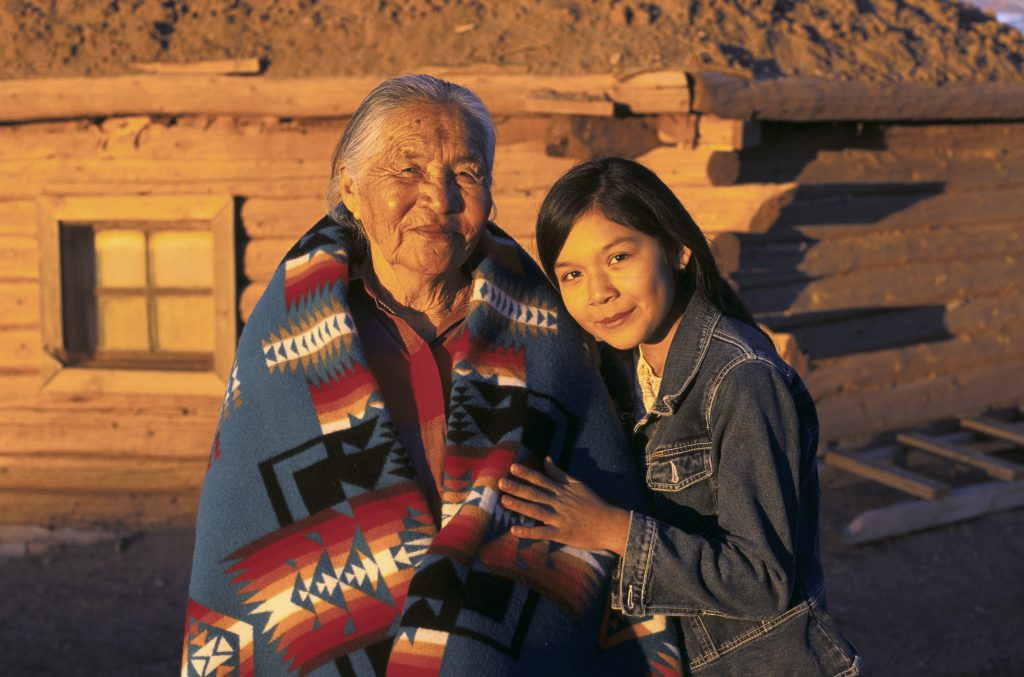Why Capitalize “Indigenous”?

Ask SAPIENS is a series that offers a glimpse into the magazine’s inner workings.
Some readers may have noticed that SAPIENS uses a capital “I” in referring to Indigenous people—but other times, the magazine leaves the word lowercase. Why?
The early use of “indigenous” emerged in the 1640s, according to the Online Etymology Dictionary, from the Latin indigena, which means “sprung from the land, native.”
Today the dictionary we use at SAPIENS, Webster’s New World College Dictionary, defines the term as: (1) “existing, growing, or produced naturally in a region or country; native” and (2) “innate; inherent; inborn.” You can see how the current meaning is rooted in its 17th-century origins.
However, there is another definition—this one distinguished with a capital “I.”
According to the University of British Columbia’s Indigenous Foundations, Indigenous activism helped shape understandings of “Indigenous” that were later adopted by the United Nations. “In the U.N., ‘Indigenous’ is used to refer broadly to peoples of long settlement and connection to specific lands who have been adversely affected by incursions by industrial economies, displacement, and settlement of their traditional territories by others.” The expansive definition encompasses, for example, Native Americans, First Nations, and Aboriginal peoples, in addition to many other communities that have ancestral lineages to societies that existed in particular territories prior to contact with Europeans.
This definition takes account of the modern European colonialist era, from the late 15th through the 20th centuries, when disparate regions and peoples were subjugated for the purposes of political, economic, and social exploitation and domination. Far from innocuous, the 17th-century definition of “indigenous” came from this era, when the term was imposed on Indigenous communities from the outside.
Those groups, though, had their own names and concepts for themselves and their neighbors. As a relic of colonialism, the term can embody a number of mistaken notions: that those who were rooted in specific lands had static, unchanging cultural, political, and spiritual systems; that they were less “civilized” for how tied they were to nature; or that they represented a particular “race” and reflected its attributes.
But thanks to Indigenous rights movements, the term has a new meaning. Starting in the 1970s, it became a way for Indigenous peoples to articulate the common challenges they faced as communities impacted by colonialism, settler governments, displacement, and exploitation. This new understanding of the term offered a way to describe contemporary realities and an orientation for fights for self-representation, recognition, and rights.
So, why capitalize “Indigenous”? It articulates and identifies a group of political and historical communities, compared to the lower case “i,” which can refer to anyone. For example, being born in Ludington, I’m “indigenous” to Michigan, but I’m not an “Indigenous person” from Michigan.
At SAPIENS, we thus capitalize Indigenous when referring to people so we clearly point to this more recent definition that accounts for political and historical realities.
As further clarification: When we use the phrase “Indigenous peoples,” we indicate the plurality of diverse, sovereign communities who were living in specific regions when Europeans first attempted to name, categorize, and colonize them. And where possible, instead of leaning on the broad term “Indigenous peoples,” we cite the name the tribe, nation, or community uses for itself.
These style decisions are in line with Elements of Indigenous Style: A Guide for Writing By and About Indigenous Peoples and many other style guides.
Language reflects people’s mental maps—and power differences can harden those maps as if they were etched in stone. Through our style choices about the term I/indigenous, the editorial team at SAPIENS challenges and re-maps inherited ideas about human relationships. Our aim is twofold: to align ourselves with contemporary usage embraced by those the term represents and to avoid repeating the harms of the past.
































